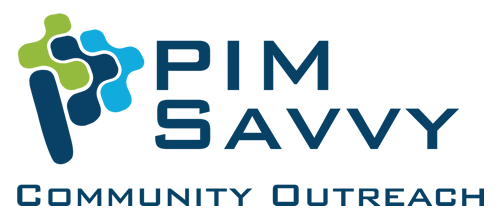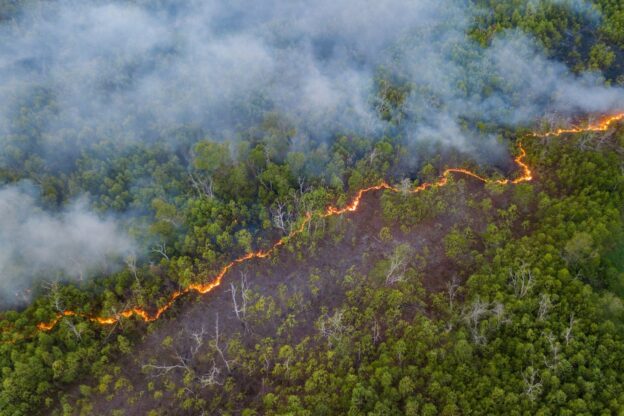Every season is special and unique in its own right. As one season ends, another begins. Spring, Summer, Autumn/Fall, and Winter all have recognizable weather attributes. While some of these weather changes may encourage fun activities like swimming in the summer or sledding in the winter, these substantial variety of weather patterns can also create hazards for jobs and employees, especially those who work in outdoor settings. Always consider what the current season is and think ahead to the upcoming season with regards to the possible dangers the weather might create. The Washington State Department of Labor and Industries (L&I) evaluates each season and provides examples of unexpected events that may occur.
Spring
Two main weather pattern changes in Spring are persistent rain and frequent storms. Constant rain may induce flooding which can cause trenches to cave in. Rain can also cause damage to equipment and materials at worksites. Powerful storms can make power lines break or fall which in turn might lead to a power outage. Always make sure employees who work in outdoor settings during Spring have appropriate gear such as rain jackets, rain bibs, ponchos, and boots so they remain dry and warm during the workday.
Summer
Summer goes hand in hand with sunshine and intense heat. The high temperatures and lack of precipitation can cause fires and wildfires to ignite. Fire damage is always costly and cleaning up requires significant time and effort. Residual smoke from fires and wildfires is also a hazard to be aware of. According to the Washington State Department of Labor and Industries, “Wildfire smoke can cause mild symptoms like coughing, stinging eyes, a runny nose, and a scratchy throat. Wildfire smoke can also cause serious and sometimes fatal health effects, including chest pain and heart failure, asthma attacks, trouble breathing, and reduced lung function.” Laborers who are required to work outdoors are more prone to heat exhaustion and dehydration during the summer months. Provide plenty of water for outdoor workers so they don’t overheat or become dehydrated.
Autumn/Fall
Rain, wind, fog, and less daylight hours are all common attributes of Fall. Steady rainfall leads to excess water on the ground which in turn can cause people to slip, trip and fall more often. Strong winds might blow materials and people off elevated settings. Wind could also blow dust or other particles into workers’ eyes and faces. Employees must wear appropriate PPE such as goggles to protect their eyes from dust or debris when the weather creates strong gusts of wind. Fog and less daylight hours increase the likelihood of injury due to poor visibility when operating machinery or equipment. Extra lighting should be used when there isn’t enough natural light to illuminate the job site or task at hand and employees should wear reflective gear to ensure they are easily seen at all times.
Winter
Snow, sleet, ice, and freezing temperatures are the cornerstones of winter. Snow and ice can make the roads and ground slippery causing more accidents and falls to occur. Extremely cold temperatures may create health risks such as infections by viruses, colds, or hypothermia for those working outdoors. Workers should always dress in layers during Winter. According to the Construction Center of Excellence, “always dress in layers with the outer layers loose and the inner layers tighter. This will trap body heat.” Keep in mind, “over half of the body’s heat loss comes from the head” per CCE so to increase overall warmth, workers need to wear head, feet, and hand protection. Lastly, try to minimize sweat since wet clothing is not nearly as effective as dry clothing with regards to keeping people warm.
Always be a step ahead and contemplate possible weather-related problems and devise solutions to those problems. Visit the Seasonal Safety section on the L&I website for more tips, checklists and training materials.
Do you have questions about safety, or anything else L&I related? PIM Savvy is ready to help you with these and other topics individually over the phone, via online meetings, or in person at one of our virtual workshops. We have safety and labor expertise to share with you and we can connect you with L&I. Call or text our workplace safety info line at 206-565-2961. Not only that, in partnership with L&I, these services are FREE to you!
Resources
Find Safety Meeting Ideas – Toolbox Talks
Cold Weather Clothing — Construction Center of Excellence
http://wisha-training.lni.wa.gov/training/presentations/WorkInColdEnvironments.ppsx
Personal Protective Equipment — Construction Center of Excellence
![]()

